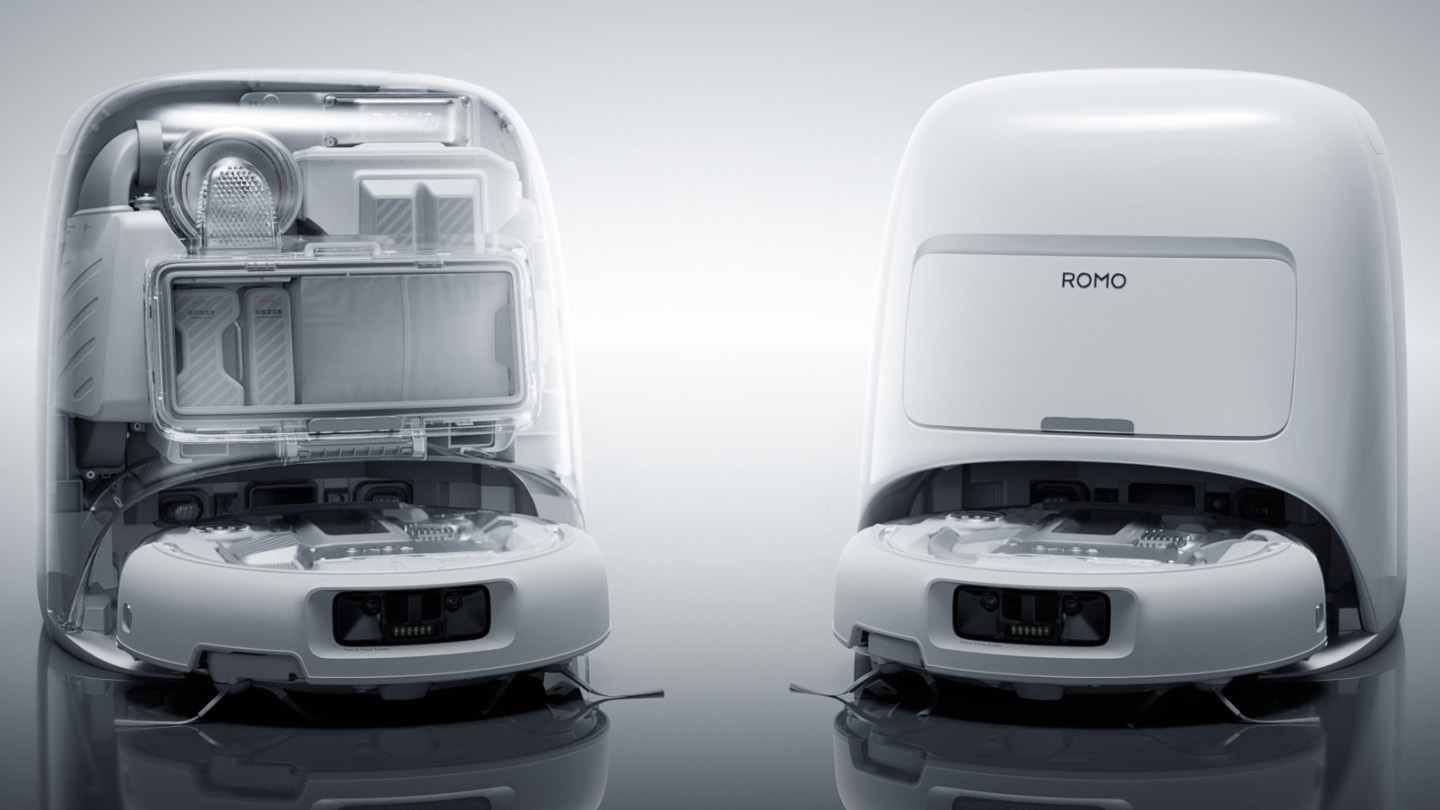Forget Roomba — DJI just swapped drones for robot vacuums with the DJI Romo
Launched in China this week

The brands behind the best robot vacuums are facing added competition from an unlikely source. DJI, the Chinese company responsible for many of the best drones you can buy, is reportedly launching its first robot vac in China this week.
The DJI Robo's August 6 launch date was roundly leaked back in July on X after a leaked photo of the vacuum from behind some glass was posted lasted November. And it looks like the brand's Chinese site has, as anticipated, gone live with all the details.
Of course, the big question is whether or not customers in the U.S. or the U.K. will ever actually get a chance to try it.
DJI's drones were targeted by bans passed by the US House of Representatives, despite the company itself noting on its official blog that its products are not banned in the U.S. at this time. But even without the ban, the continued uncertainty around high tariff rates likely have the company on the back foot when thinking about launching any new product in the U.S.
It's worth pointing out that other top robot vacuum brands like Roborock, Ecovacs, and Dreame are all Chinese and are shipping new products to the U.S. So hopefully we'll see a release date in the future.
Okay, but what about the product?
There's obviously a lot of overlap between drones and robot vacuums when you think about it. Both need reliable cameras and collision-avoidance technology to do their job well.
The DJI Romo has a pair of fisheye cameras on the front and a LiDAR system for finding its way around. According to reports, DJI uses AI to generate maps of cleanable surfaces and stores them locally in the vac for privacy.
Get instant access to breaking news, the hottest reviews, great deals and helpful tips.
There are three models of the Romo: A, S and P. As far as I can tell from the specs sheet, the only real difference seems to be the outward design. The S has an all-white chassis while the P brings a very Nothing-style transparent look while the A has a white vacuum with a transparent base station.
All three models have a 25,000 pascal suction power and a 2.4 liter dust bag capacity. Battery life for all three models is stated at three hours with a 2.5-hour charging time.
Follow Tom's Guide on Google News to get our up-to-date news, how-tos, and reviews in your feeds. Make sure to click the Follow button.
More from Tom's Guide
- DJI Romo robot vacuum packaging spotted in new leak
- Can’t get the DJI Mavic 4 Pro in the U.S.? recommend these drones instead
- This robot vacuum is such a part of our family we brought it on vacation

Jeff is UK Editor-in-Chief for Tom’s Guide looking after the day-to-day output of the site’s British contingent.
A tech journalist for over a decade, he’s travelled the world testing any gadget he can get his hands on. Jeff has a keen interest in fitness and wearables as well as the latest tablets and laptops.
A lapsed gamer, he fondly remembers the days when technical problems were solved by taking out the cartridge and blowing out the dust.
You must confirm your public display name before commenting
Please logout and then login again, you will then be prompted to enter your display name.

